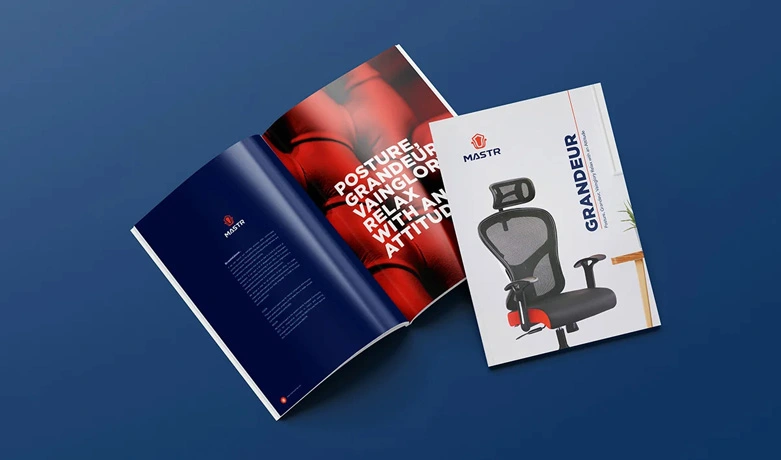The Power of Brochure Writing

Introduction:
In today's digital era, where online advertising dominates the landscape, traditional marketing tools like brochures might seem outdated. However, brochures remain a powerful advertising medium, capable of conveying information, captivating audiences, and driving business growth. With their visually appealing design and persuasive content, well-crafted brochures can leave a lasting impression on potential customers. In this blog post, we will explore the importance of brochure writing in advertising and uncover the key elements that contribute to their effectiveness.
Capturing Attention and Engaging Audiences:
One of the primary objectives of any advertising material is to capture attention and engage the target audience. Brochures excel in this aspect by offering a tangible, tactile experience that allows readers to physically interact with the information. The combination of visually appealing design, compelling copy, and strategic layout helps grab attention and entice readers to explore further. Brochure writing employs concise and persuasive language, highlighting the key benefits and features of a product or service, ensuring that the audience remains engaged and motivated to take action.
Informing and Educating :
Brochures serve as a comprehensive source of information for potential customers. They provide an opportunity to present detailed product descriptions, pricing, specifications, and testimonials in a concise and easily digestible format. Well-written brochures effectively communicate the unique selling points of a product or service, addressing customers' pain points and explaining how their needs can be fulfilled. By providing valuable information, brochures help build credibility and trust, ultimately guiding customers towards making informed purchasing decisions.
Targeted Marketing and Branding :
Brochure writing allows businesses to tailor their messaging to specific target markets. By segmenting their audience and crafting personalized content, companies can address the needs and preferences of different customer groups effectively. Brochures can be designed to reflect the brand's identity, incorporating the company's logo, colors, and style guide. This consistent branding helps reinforce brand recognition and fosters a sense of trust and familiarity among potential customers. By aligning the tone, style, and design with the target market's characteristics, brochures can create a lasting impression and strengthen the brand's positioning.
Tangible and Shareable :
Unlike digital advertisements that can be easily overlooked or forgotten, brochures offer a tangible form of marketing collateral that can be physically held and referred to at any time. This tangible nature increases the likelihood of the brochure being kept for future reference, serving as a constant reminder of the brand and its offerings. Furthermore, brochures are easily shareable, enabling customers to pass them along to friends, family, or colleagues who might be interested in the products or services. This "pass-along" effect expands the reach of the brochure, generating word-of-mouth referrals and potential leads.
Conclusion
In an increasingly digital world, brochures continue to play a vital role in advertising campaigns. With their ability to captivate audiences, deliver valuable information, and strengthen brand recognition, well-crafted brochures hold immense power. By employing effective brochure writing techniques, businesses can create compelling marketing collateral that engages potential customers, informs their decision-making process, and generates leads. While digital advertising has its merits, incorporating brochures into the marketing mix can amplify a company's reach, leaving a lasting impact on their target audience. The combination of digital and traditional marketing strategies can create a well-rounded and comprehensive advertising approach for businesses in today's competitive landscape.